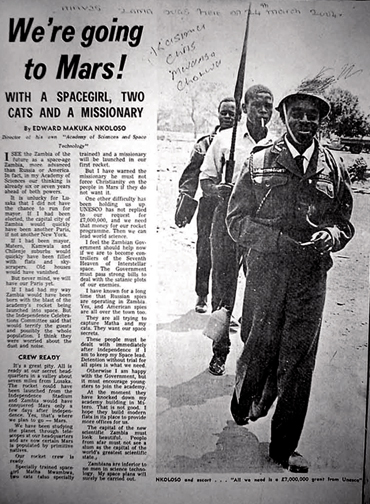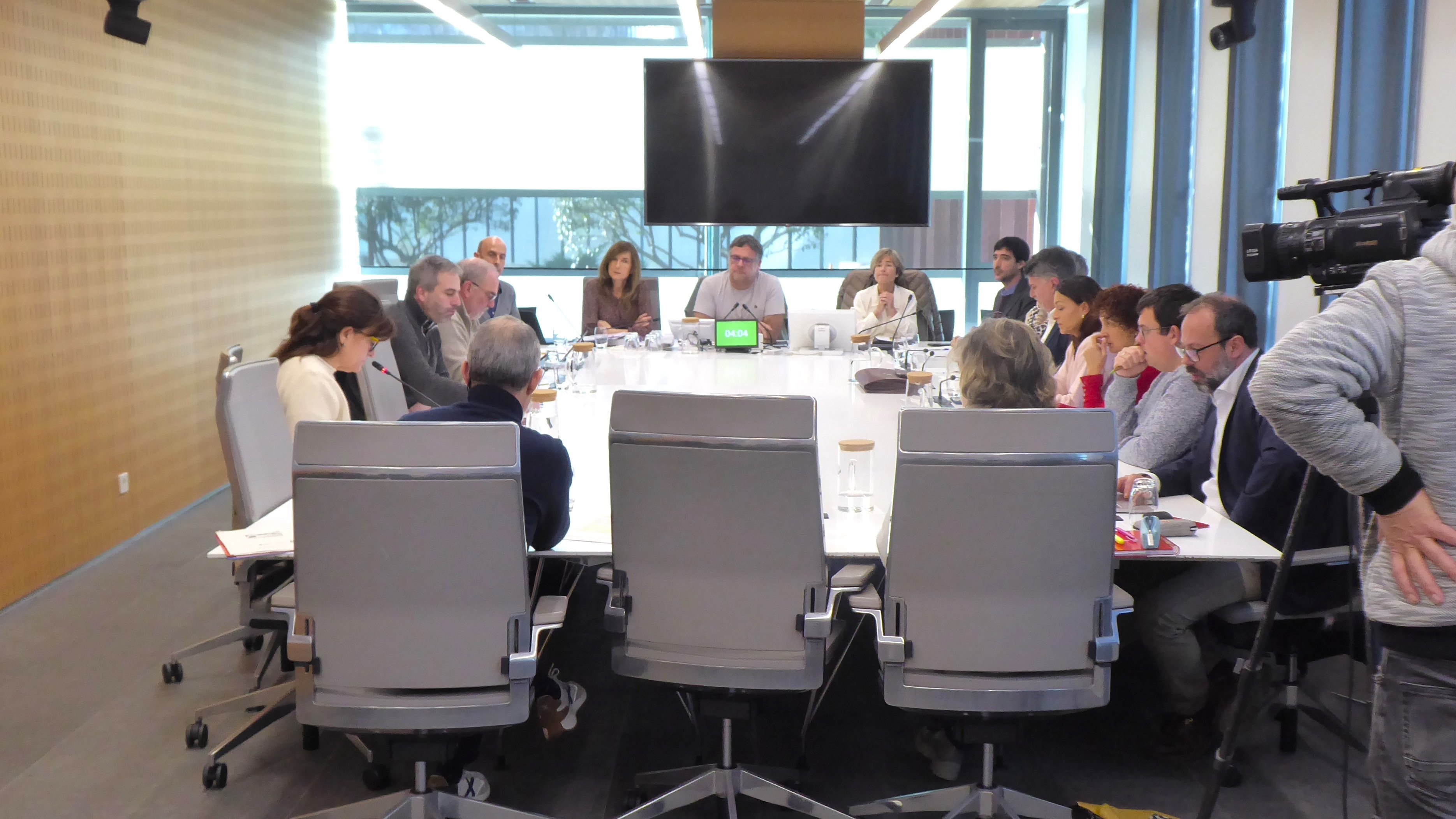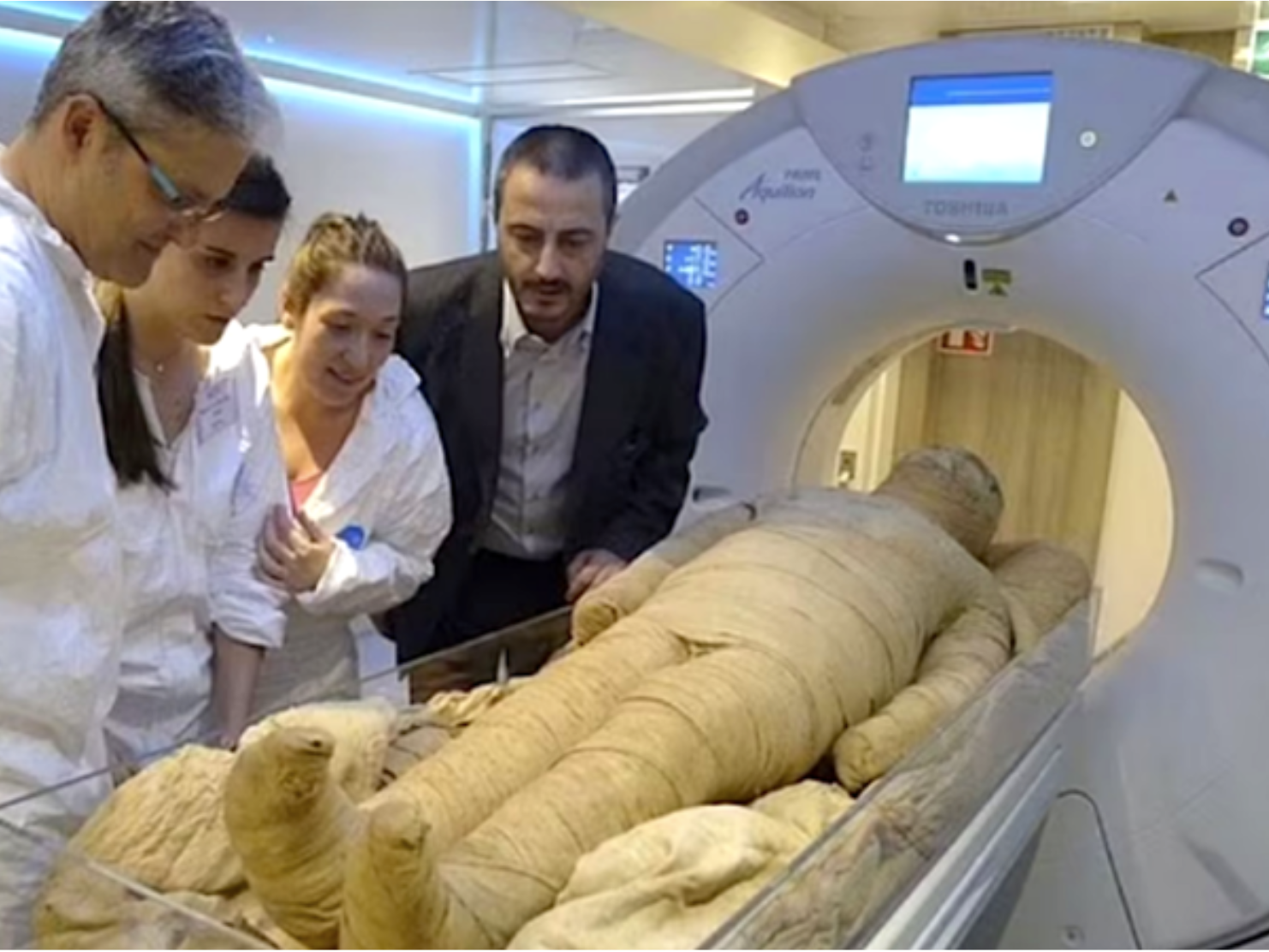A Zambian on Mars

Born 24 October 1964. Until then, the former leader of North Rhodesia had declared his independence and had ceased to depend on the United Kingdom. Much remains to be done in the new country, but Zambia ' s ambitious space programme was already in place. In the middle of the Cold War, competition between the Americans and the Soviets stretched to space, but there were still five years left for humans to hit the Moon for the first time. Zambia would be ahead of the major powers if they succeeded in implementing the initiative that had been developed in 1964: they would take the manned mission to the Moon, but after scaling on the satellite, they would reach Mars.
The ideologist of the plan was Edward Makuka Nkoloso, a school teacher and who self-proclaimed CEO of the Zambian Space Agency. The same agency was founded by Nkoloso and gave it a very elegant name: Zambia National Academy of Science, Space Research and Philosophy. The idea was to launch an aluminum rocket with a kind of catapult, for which Nkoloso had the collaboration of a dozen volunteers, including a missionary and a 17-year-old girl, Matha Mwamba. The first to step on Mars would be the teenager, the missionary and two cats. The missionary did receive specific orders: he would not evangelize the peas and Martians if they did not want it.
The space programme needed funding and Nkoloso claimed £7 million from Zambia to UNESCO. But he didn't get an answer. Not even the new Zambian government was able to hear it. That is why Nkoloso took advantage of the independence celebrations to inform international journalists about the project. On October 30, Time magazine will be in Zambia: Tomorrow the Moon (Zambia: tomorrow the Moon). In addition to the details of independence, the text gathered details about the training of Zambian astronauts: they put an old helmet, they put it in oil jars and threw it downhill, or they forcefully moved a tree’s hanging bucket “for astronauts to have a sense of spatial immobility.” Other media outlets soon announced the Nkoloso initiative. But his intention was not to push the project forward, but to mock the Zambian. Discouraged, Nkoloso threw himself into his next dream: Be mayor of Lusaka. The target was more affordable, but it also failed.
Archaeologists have discovered more than 600 engraved stones at the Vasagård site in Denmark. According to the results of the data, dating back to 4,900 years ago, it is also known that a violent eruption of a volcano occurred in Alaska at that time. The effects of this... [+]
Vietnam, February 7, 1965. The U.S. Air Force first used napalma against the civilian population. It was not the first time that gelatinous gasoline was used. It began to be launched with bombs during World War II and, in Vietnam itself, it was used during the Indochina War in... [+]
I just saw a series from another sad detective. All the plots take place on a remote island in Scotland. You know how these fictions work: many dead, ordinary people but not so many, and the dark green landscape. This time it reminded me of a trip I made to the Scottish... [+]
Japan, 8th century. In the middle of the Nara Era they began to use the term furoshiki, but until the Edo Era (XVII-XIX. the 20th century) did not spread. Furoshiki is the art of collecting objects in ovens, but its etymology makes its origin clear: furo means bath and shiki... [+]
In an Egyptian mummy of 3,300 years ago, traces of Yersinia pestis, the bacterium that caused the Justinian plague in the 6th century and the Black Plague in the 14th century, have just been found.
Experts until now believed that at that time the plague had spread only in... [+]
Greenland, the end of the 10th century. The first Scandinavian explorers and settlers arrived on the island. But by the 15th century these settlements had been abandoned and the original Inuit remained. But in 1721, the missionary Hans Egede organized an expedition and the... [+]























